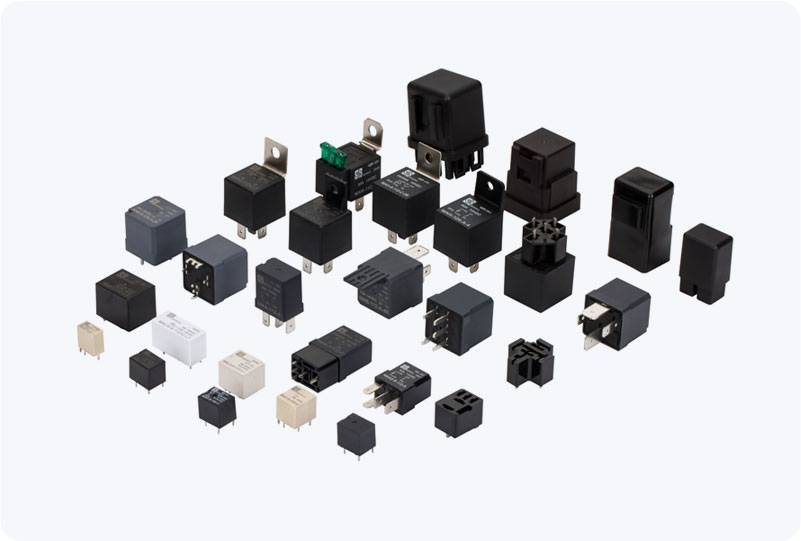A Dual Relay Module is a versatile and essential component in many automation and control systems. This module is widely used in various applications, such as controlling electrical devices, managing power circuits, and automating tasks in robotics, home automation, and industrial machinery. The Dual Relay Module acts as an intermediary between a low-voltage control signal, such as from a microcontroller or a computer, and a high-voltage device, enabling precise control over high-power systems without risking damage to delicate components.

What is a Dual Relay Module? A Dual Relay Module typically consists of two relays that can control independent circuits. Each relay in the module is essentially an electrically operated switch that allows a low-voltage control signal to control a higher voltage circuit. The module usually works with an input voltage of 5V DC, which is compatible with most microcontrollers like Arduino, Raspberry Pi, or other embedded systems. Relays can be either normally open (NO) or normally closed (NC). In a normally open configuration, the circuit remains open (disconnected) until the relay is activated, while in a normally closed configuration, the circuit is already closed (connected) and is only opened when the relay is triggered. The ability to control the opening and closing of circuits makes relays incredibly useful for switching devices like motors, lights, fans, and even more complex machinery.
Leave a Reply